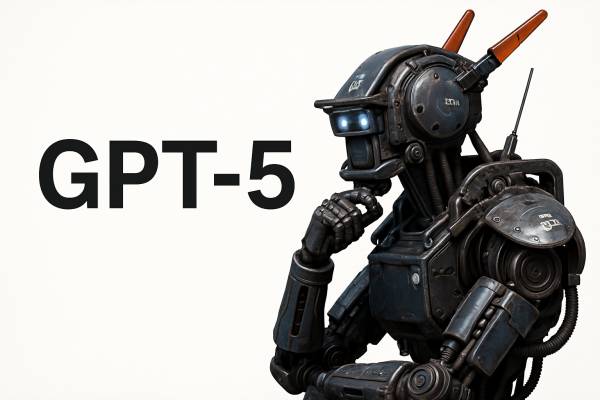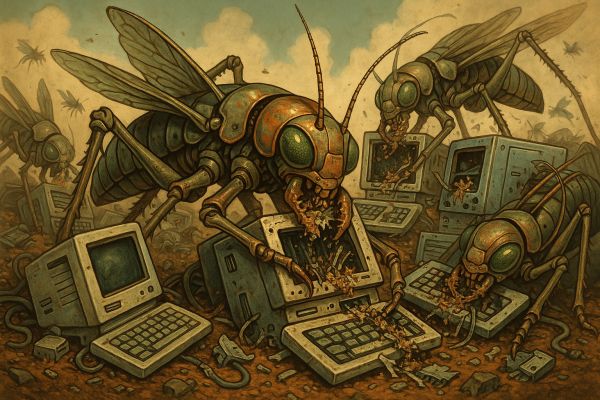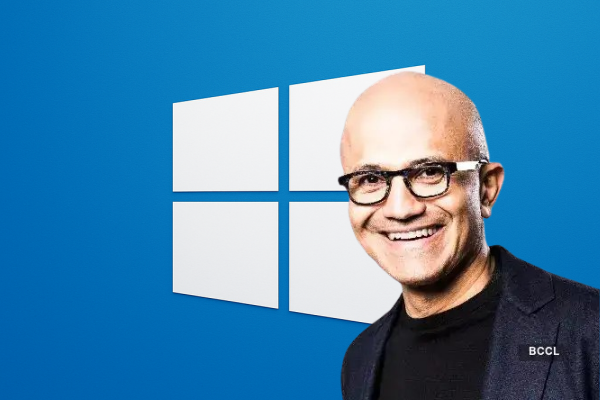Microsoft recently announced a quantum processor, Majorana 1, which can rightly be described as a revolutionary step forward in the construction of practical quantum computers. Building this processor required a breakthrough in materials science, as a new class of topoconductors had to be developed for the chip’s construction. Topoconductors are special materials with unique electrical properties governed by quantum mechanics and topology. While traditional quantum approaches are not only complex but also highly unstable and difficult to scale, Majorana 1 is highly scalable and fault-tolerant thanks to these new materials.
Unlike conventional computers, quantum computers do not use bits but qubits (quantum bits). A conventional bit can be either 0 or 1, while a qubit can exist in both states simultaneously (a property known as superposition). This means that a quantum computer can perform multiple calculations in parallel, enabling it to solve certain problems much faster than a classical computer. Additionally, qubits can be entangled (quantum entanglement), meaning that the state of one qubit is correlated with another, even if they are far apart. This further increases computational power.
Quantum computer designers face two major challenges: first, the current limit on the number of qubits they can effectively manage (the most advanced systems today can handle around 400 qubits); and second, instability, which arises because qubits rely on superposition and entanglement. The slightest disturbance (such as atomic vibrations) can disrupt these states—this phenomenon is known as decoherence. If decoherence occurs, quantum computations become inaccurate or the information is completely lost. In contrast, the developers claim that the technology used in Majorana 1 opens the door to scaling up to a million qubits.
The ghostly legacy of Ettore Majorana
The story of Majorana 1 does not begin in a laboratory but rather in 1930s Italy. The brilliant yet reclusive physicist Ettore Majorana theorized the existence of a particle that could serve as its own antimatter counterpart. Shortly after publishing this idea in 1937, he mysteriously disappeared, leaving behind a scientific puzzle that would take nearly a century to solve.

Majorana’s particles remained a mathematical curiosity until the 2000s when physicists realized that they might not exist as individual particles but rather as quasiparticles—collective excitations within special materials. These quasiparticles, later named Majorana zero modes, possess a unique property: their quantum information is spatially distributed, making them resistant to disturbances. This insight laid the foundation for topological quantum computing, a paradigm in which information is encoded in the entangled patterns of these particles.
In 2005, a trio of researchers—Michael Freedman (mathematician), Chetan Nayak (physicist), and Sankar Das Sarma (condensed matter theorist)—proposed the idea of creating stable qubits using Majorana zero modes. Their concept was to build a quantum computer where errors are eliminated by the laws of physics rather than by complex software-based error correction. Microsoft recognized the potential of this approach and, in 2005, established Station Q, a research division dedicated to developing topological quantum computers.
Why is Majorana 1 a game changer?
Current quantum computers—such as Google’s 70-qubit Sycamore—require football-field-sized facilities due to the complexity of their control systems. In contrast, Majorana 1’s qubits are digitally controlled using simple voltage pulses, allowing the entire processor to fit within a server rack. This drastic reduction in size is a major step toward making quantum computing practical and affordable.
Another key advantage is that while conventional qubits (such as superconducting loops) lose coherence within microseconds, Majorana qubits encode information non-locally, making them immune to local disturbances. The chip’s topological design reduces the error rate by a factor of thousands compared to alternatives, significantly reducing the need for resource-intensive error correction. These advantages bring quantum computing closer to industrial applications, with estimates suggesting that the technology could leave the lab and enter real-world use within five years.
Early adopters could include pharmaceutical companies, which might leverage quantum simulations to accelerate drug discovery. The financial sector is another likely user—JPMorgan Chase is already developing quantum algorithms for portfolio optimization.
Majorana 1 will be available via Microsoft’s Azure Quantum cloud platform, enabling universities to experiment with the technology without investing millions of dollars in specialized hardware. Researchers at ETH Zurich and MIT are already using Azure for quantum machine learning research. Microsoft currently expects to demonstrate a 10,000-qubit system by 2028 and to scale up to one million qubits by 2032.
Conclusion
The Majorana 1 chip is more than just a technical breakthrough—it is the culmination of a century-long journey from theoretical physics to practical reality. By harnessing the ghostly quantum particles imagined by Ettore Majorana, Microsoft has created a platform that could redefine industries, accelerate scientific discovery, and tackle humanity’s most complex challenges. As this technology matures, its impact could rival the invention of the transistor, ushering in a new era in which quantum computing shifts from a scientific curiosity to an essential tool.
Krysta Svore, one of the developers of Majorana 1, summed it up:
This isn’t just about faster computers—it’s about solving problems we’ve been forced to ignore until now.
Quantum computing is no longer science fiction. With Majorana 1, problems once thought unsolvable are now within reach. The next decade will determine whether this technology delivers on its promise, but one thing is certain: the quantum future has arrived.




























